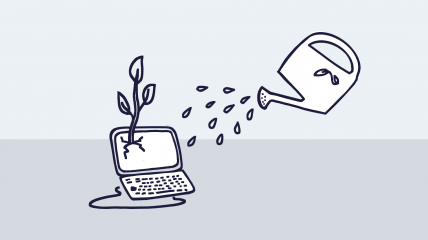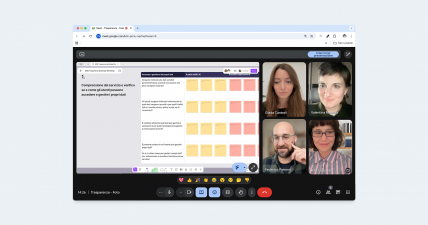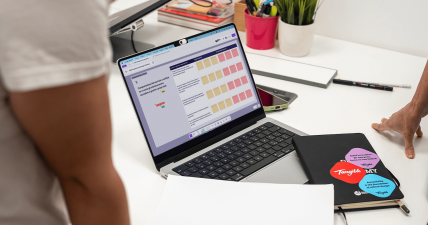Thinking
The value we generate, according to our clients
In the client impact area, the B Impact Assessment invites companies to monitor the level of satisfaction and loyalty of our clients while sharing the data internally and anonymously. In keeping with the principle of transparency, the assessment also invites companies to make the data public, aggregating it and setting goals for continuous improvement.
In this post, we publish the data collected in 2021, related analysis, and our goals for 2022.
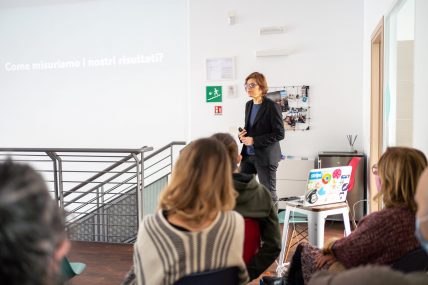
In the BIA’s Customer area, among the various analysis and verification sections, there is one in which companies are asked to describe what kind of operations they conduct and what goals they set for themselves to monitor their customers' satisfaction and loyalty. The response options have prompted us to review how we collect feedback from customers, which, at least until last year, included retrospectives in projects.
A retrospective is a very useful tool for comparing people involved in a project, but they maintain an operational point of view.
Monitoring and measuring customer satisfaction and loyalty is both a strategic opportunity and an indicator of transparency. On the one hand it allows us to gather suggestions and insights related to the value proposition, and on the other hand it demonstrates the company's inclination and willingness to expose its strengths and find room for improvement.
Since we could find no reference models for this type of monitoring applied to a consulting and service company like ours, we took on this task as if it were a research project, first with a qualitative approach and then a measurable one.
We therefore interviewed 11 of our clients, selecting a balanced mix of established ones (with whom we have an open and ongoing relationship) and those for whom we have carried out projects with defined and circumscribed parameters.
The selected audience also took into account the target industries, ranging from Fintech companies to companies in the Travel sector, via sectors as diverse as Retail & GDO, and HR and Healthcare, thus ensuring the broadest possible overview.
2021: a year dedicated to exploring a possible model
Given our type of clients and projects, we chose to activate the listening and information gathering process with semi-structured interviews. One of our contact persons, who is not involved in any project, conducted the interviews with key customer contacts.
This information will be processed and collected again at least once a year.
The person in charge of collecting the interviews has the task of returning an "anonymized" snapshot, which allows us to understand what activities and contributions are of high value in working with our clients.
Returning the data anonymously is important because it helps maintain a vision of the whole, rather than on individual opinions or episodes.
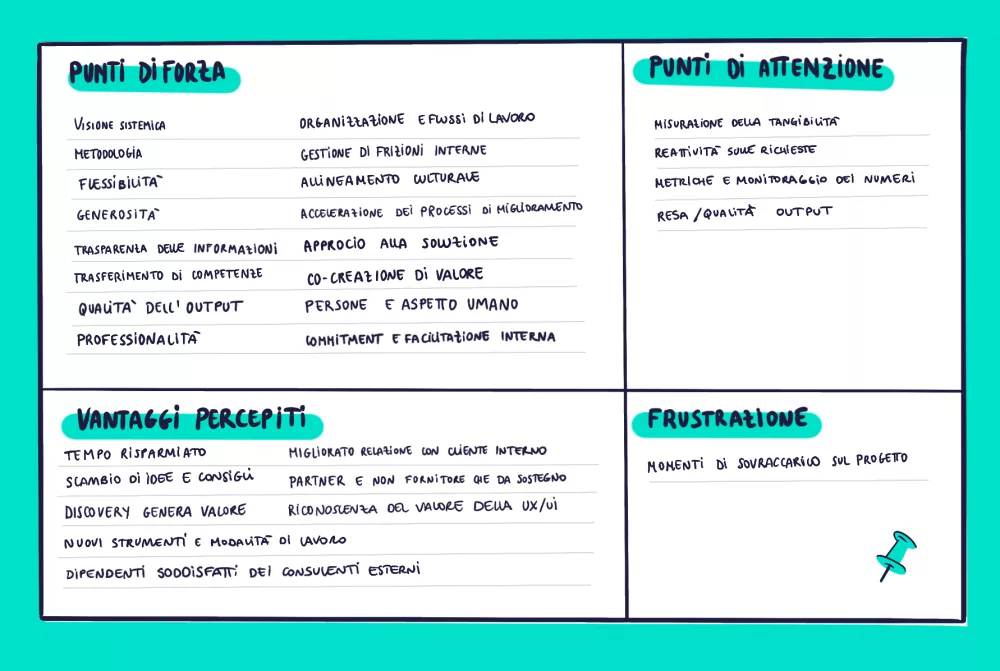
This information was presented to the entire Tangible population in late 2021 and triggered reflections both within the teams and among the managing partners.
This first listening experiment produced an analysis structured into 4 types of feedback: strengths, points of focus, perceived benefits, and frustration.
This information was organized into 3 parameters representative of our operating model. In each have emerged possible measures of our customers' level of satisfaction and loyalty:
Results
The information we intend to collect in this parameter gives indications of both the direct value produced by Tangible in individual projects and the value added, which was not explicitly agreed upon but emerged during the collaboration.
Process, method, tools
At Tangible, we adapt our operating methods according to the type of client, stakeholder and supplier or partner, and project. Internally, we work with agile methods.
We think this parameter can help us measure the level of satisfaction with the way we work on projects. We have separated this parameter into two categories:
- Management and Organization
- Execution and Control
Output and deliverables
By outputs we mean what is created at the end of an activity, and by deliverables we mean the deliverable, hence measurable, tangible and verifiable results that must be produced to complete a project or part of a project.
Since at Tangible we exclusively perform design and project management activities, we think this metric can help us understand which outputs and deliverables are of the highest value and quality to our clients.
So, what did they say about us in 2021?
Among the positive feedback received, we highlight these, because they represent an added value to the way we operate:
"partner and not supplier, accompanying you, supporting you"
"transfer of skills"
"cultural alignment"
"management of internal friction"
This is precisely what we have always been invested in, both in terms of service evolution and from the perspective of professional development.
Among the critical aspects, we note opportunities for improvement in the phase of a project we call "monitoring" ("metrics for measuring and tracking numbers") and in our ability to organize ourselves to be more responsive ("timely intake of requests").
The model and monitoring that emerged can be seen in this report:
In 2022, we will use the model to test the measures collected (and of course to improve as a business)
The second part of the survey that we are initiating for 2022 will give us an opportunity to revisit some questions. For example, does the monitoring that we can activate with a loyal customer (i.e., one who has been working with us for a long time, perhaps on many projects and with many business functions) operate differently with a new customer?
Thus, an important first outcome for us will be to evolve the survey methods and make them comparable with previous years.
We then need to formalize a method for comparing the collected data. In fact, they are crucial both for guiding teams in their daily operations and for reflecting on the evolution of the services we can offer.
